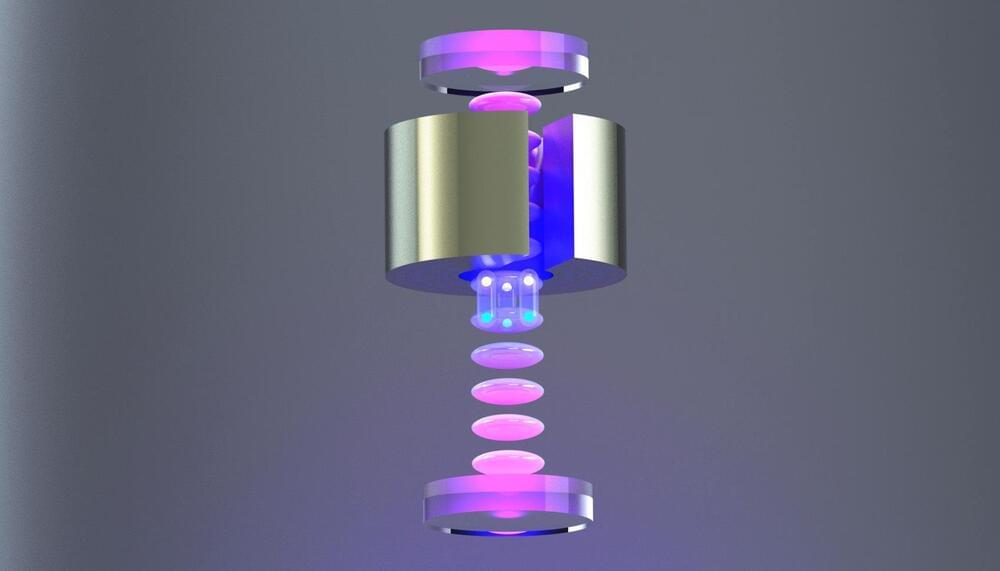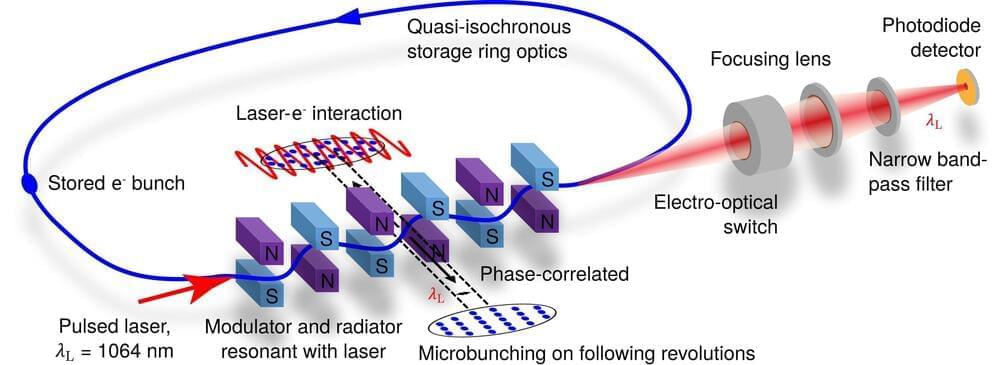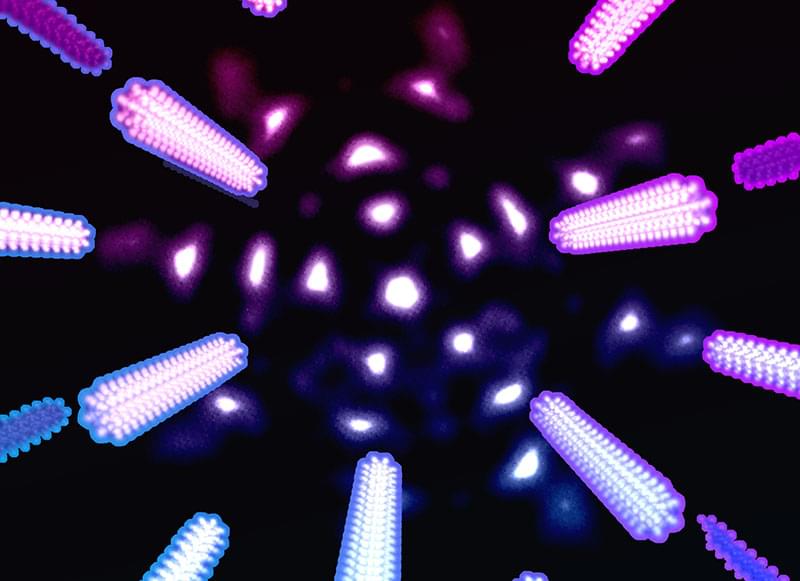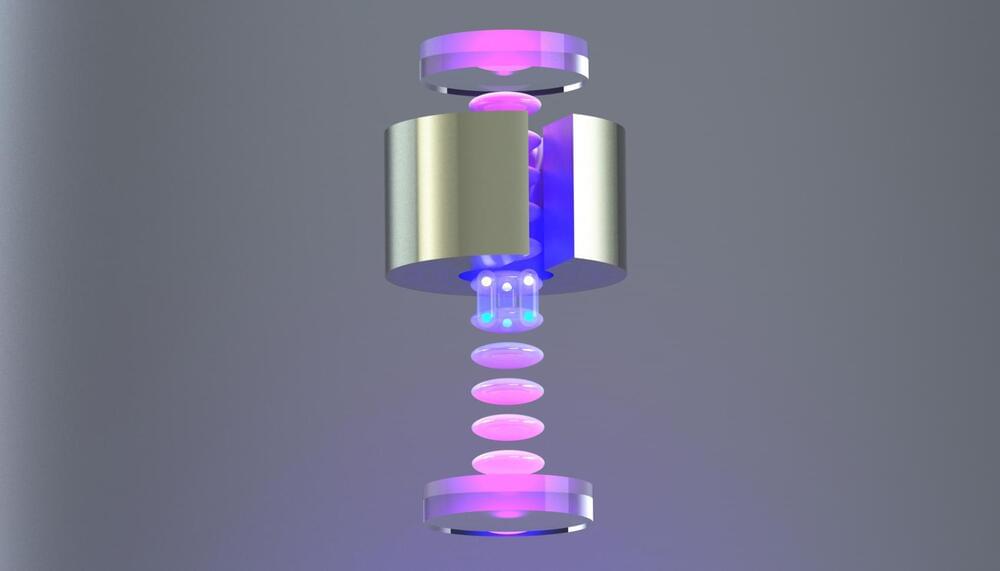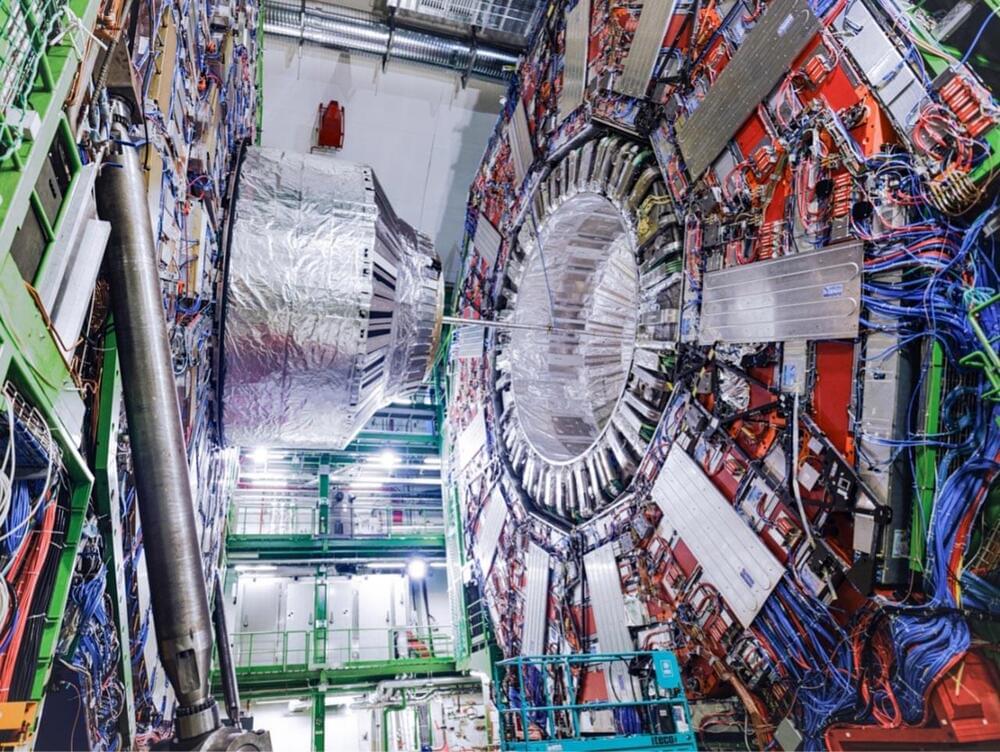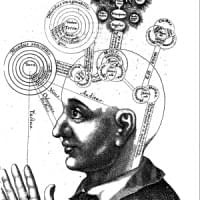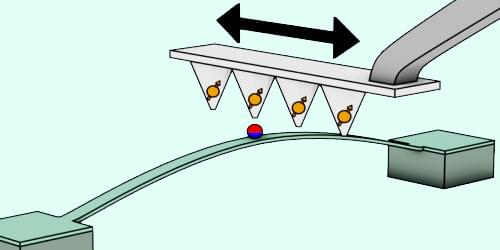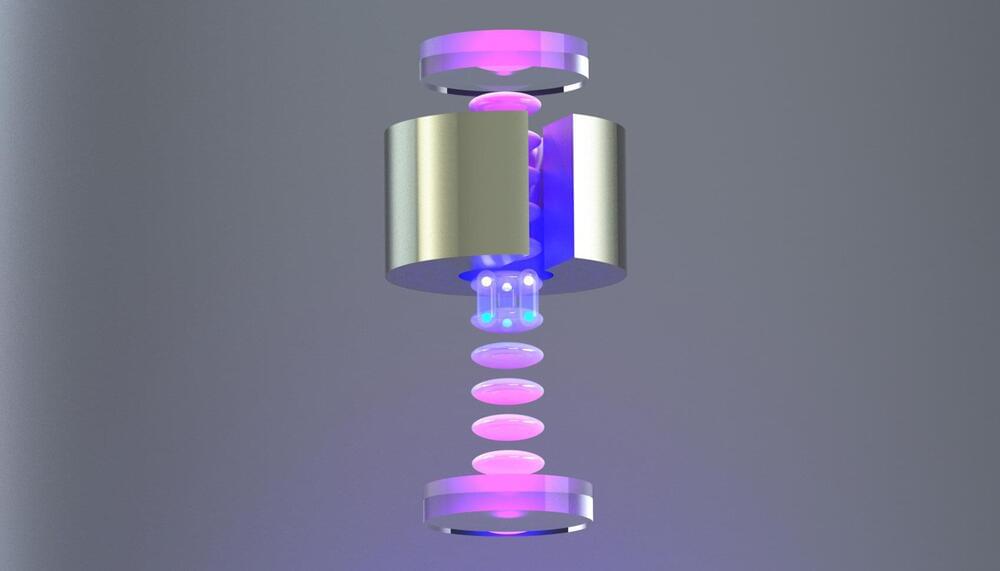Nice!
Researchers at UC Berkeley have enhanced the precision of gravity experiments using an atom interferometer combined with an optical lattice, significantly extending the time atoms can be held in free fall. Despite not yet finding deviations from Newton’s gravity, these advancements could potentially reveal new quantum aspects of gravity and test theories about exotic particles like chameleons or symmetrons.
Twenty-six years ago physicists discovered dark energy — a mysterious force pushing the universe apart at an ever-increasing rate. Ever since, scientists have been searching for a new and exotic particle causing the expansion.
Pushing the boundaries of this search, University of California, Berkeley physicists have now built the most precise experiment yet to look for minor deviations from the accepted theory of gravity that could be evidence for such a particle, which theorists have dubbed a chameleon or symmetron.
